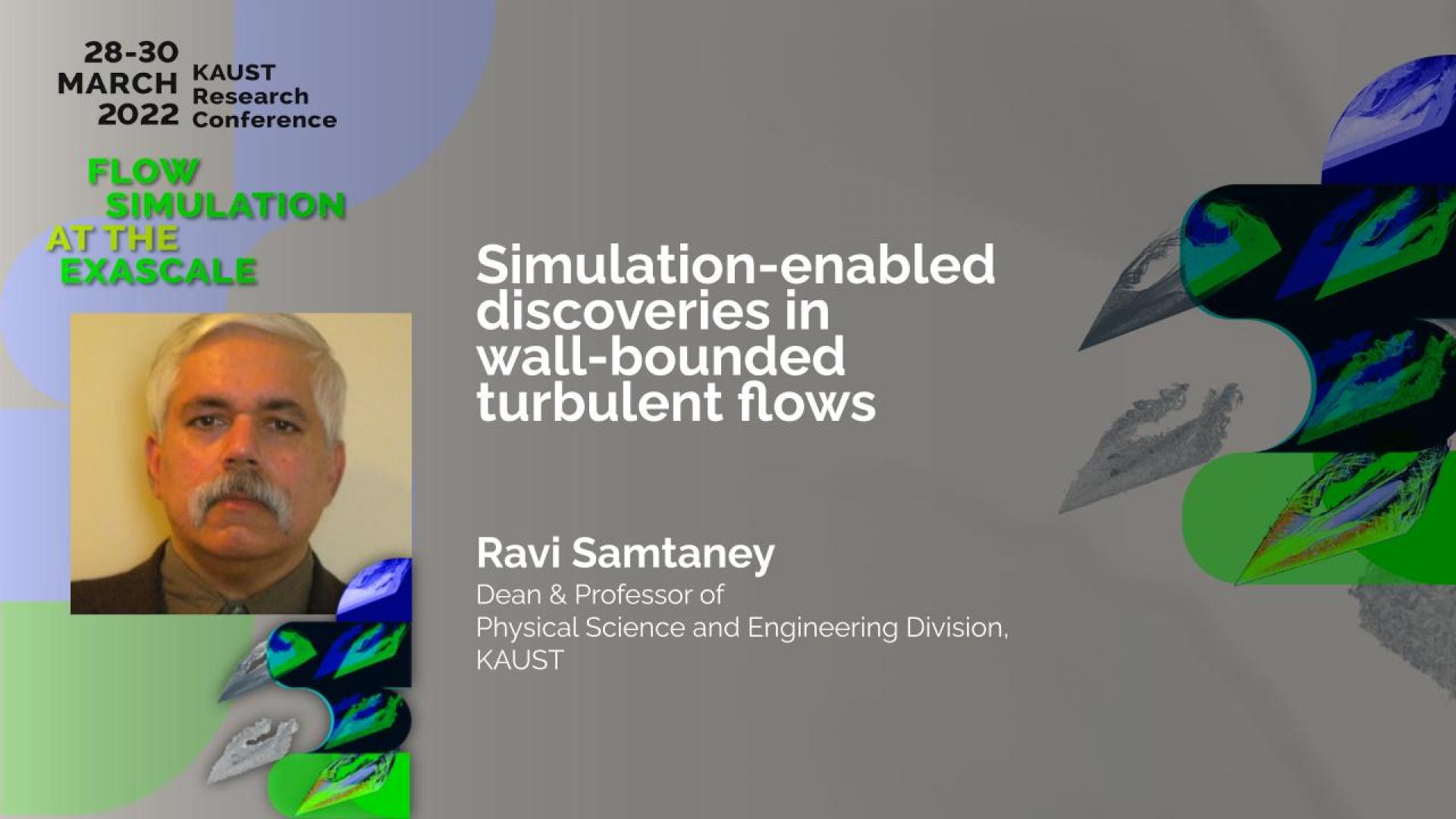Abstract
Turbulence remains the last frontier in nonlinear classical mechanics. We highlight how large-scale computing on supercomputers (specifically the CRAY XC40 Shaheen II at KAUST) has contributed to discoveries in turbulence. We discuss the limitations of brute force simulations and how employing turbulence models have enabled us to reach realistic flow Reynolds number and led to new insights in complex multi-scale nonlinear turbulent flows.
Specifically, we will present two case studies. One is about the phenomenon of the drag crisis (wherein at below a specific critical Reynolds number there is a catastrophic increase in drag) and how subtle changes at the boundary translate to large scale effects. The second case study is on the generation and sustenance of electric fields in sandstorms, and the validation of our hypothesis that turbulence is the key driving force leading to large scale electric fields measured in sandstorms.
Brief Biography
Dr. Ravi Samtaney joined KAUST in January 2010 as a faculty in Mechanical Engineering in the Physical Science and Engineering (PSE) Division with a joint appointment in Applied Mathematics and Computational Science. Presently, he serves as the Dean of the PSE Division. Dr. Samtaney’s research is at the intersection of applied mathematics, physics, and engineering, from fundamental processes in fluid mechanics (shocks, turbulence, etc.), magnetohydrodynamics, and plasmas to numerical methods and large-scale computing (adaptive meshing, nonlinear PDE solvers, etc.). At KAUST, he is the PI of the “Fluid and Plasma Simulation Laboratory” where his mantra is “Discovery via Simulation”. Dr. Samtaney is a co-founder of UnitX Technologies, a KAUST startup.
